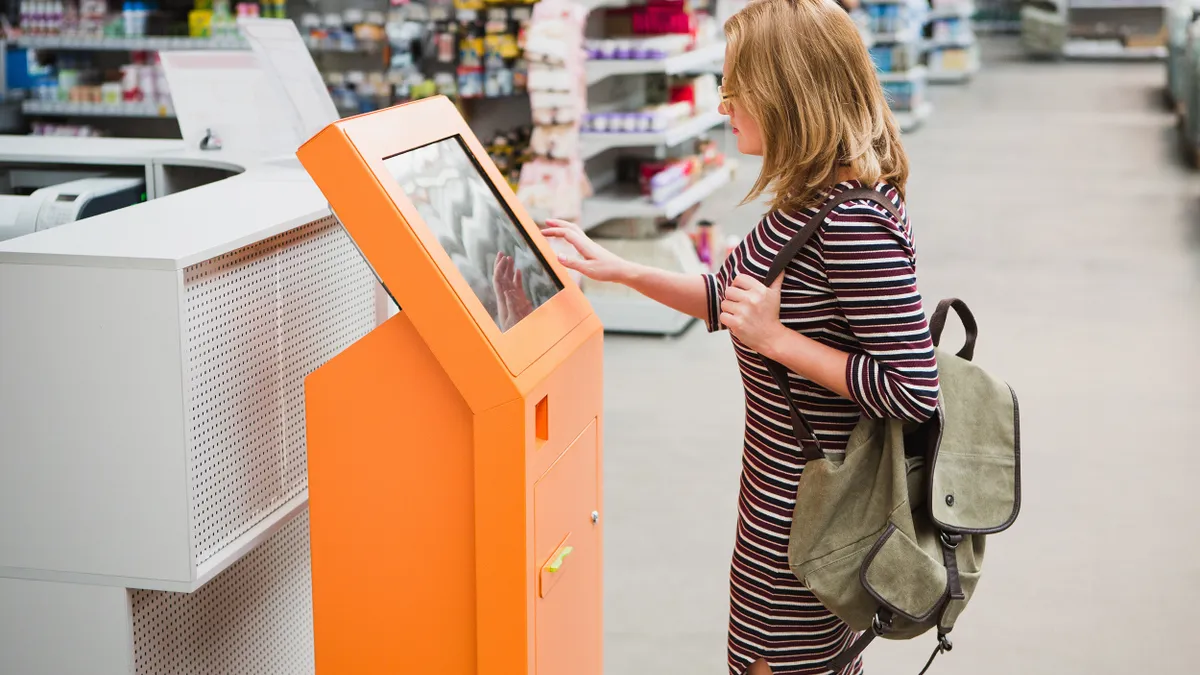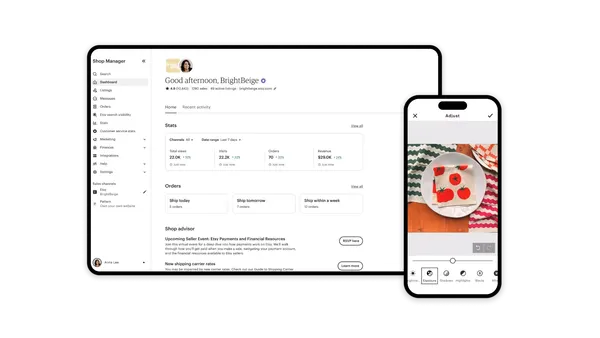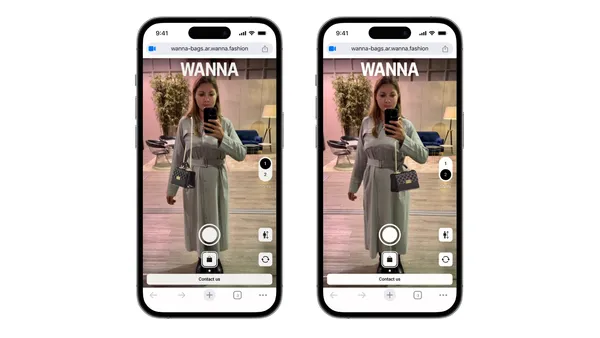The future of retail came quicker than anticipated, and the global pandemic put retailers in survival mode. In just the last two years, the shift toward digital transformation has radically accelerated — and the pace is not slowing down any time soon.
The retailers leading the way, for now, are the ones that were already looking ahead for new ways to stand out against their competitors and engage with their hyper-connected customers. Yet, even those retailers can't get comfortable if they want to stay ahead.
With digital and physical are coming together, retailers need to fully invest in rethinking their retail space and reimagining their digital infrastructure with the right technology solutions if they want to succeed.
What are the right solutions, exactly? We tapped Roopi Crowley, one of T-Mobile's industry segment advisors for retail, who brings more than 25 years of industry experience for her insider insight. According to Crowley, there are five technology trends retailers need to get behind to not fall behind in the next year.
Sensor Technology
Retailers everywhere are thinking of transforming their stores and making critical decisions on their square footage and real estate. Sensor technology can help you make those decisions.
"When you consider the value of your physical space in the next era of retail, knowing where and how your customer moves throughout your store is vital," says Crowley.
Take this example, for instance. Say you're a retailer investing in your lab store to test various experiences, and you have digital signage throughout the store. With sensor technology, and the analytics derived from it, you can customize messaging to specific customers as they move throughout your store in real-time.
Sensor technology gives you the real-time data you need to create better customer journeys inside the store — such as creating more virtual fitting rooms than real fitting rooms, as another example. It can also help you make decisions on your real estate by using sensors to see how many customers are walking by your store but not walking in.
According to Crowley, this trend may lead to smaller retailers or more seasonal pop-ups, a shift she expects to happen toward the end of 2022.
Personalization
Personalization results in more sales and happier customers. To compete with the rest of the industry, retailers need to provide a digitally enhanced and personalized experience for their customers. Otherwise, you're bound to lose sales.
From custom digital signage to personalized email campaigns to targeted discounts, the opportunities with personalization are endless — and necessary to get your customer's attention.
"Say I'm a customer standing in front of something, and I'm on the fence," explains Crowley, "The retailer can push out a coupon to the customer to make that purchase. In the past, this wasn't possible, but now? It is."
To make personalization work, retailers need proper connectivity to enable these experiences throughout the entire shopper journey. With the real-time analytics, speed and connectivity 5G can provide, retailers can use this technology to enhance customer experiences.
5G
Retail is only going to continue to evolve, and 5G can power that evolution. Retailers need a reliable hybrid network that connects the physical and digital shopping and service experience to meet the demands of the changing market.
"5G networks are the catalyst for digital transformation," says Crowley. "It offers data transmission at higher speeds and significantly increases your bandwidth, so you can enable more than 500 devices to be on the network at one time."
From the customer to the store and the employees to the supply chain, the opportunities to leverage 5G networks are nearly everywhere. According to Crowley, retailers started to embrace 5G more in the second half of 2021, and interest is growing.
"While it was once seen as just hype, now retailers are seeing the value because they're looking ahead and want to do what the competition is doing, but they don't have the infrastructure to get that done."
"More retailers now know that, if they don't embrace 5G, they will fall behind, and it'll cost them more money to go back than starting with the base."
Tech-enabled convenience
Customer expectations have changed drastically over the last couple of years, and, for many, that means convenience has taken priority over brand loyalty. To keep your customers loyal, it's time to consider how you can make their shopping experience more convenient.
Take curbside pickup, for example. Crowley believes that, while we saw curbside pickup 2.0 during the pandemic, version 2.1 is on its way.
"Imagine this," starts Crowley, "say you want to pick up something from the grocery store, but you don't want to wait around. In the future of curbside pickup, you could alert the store you're 20 minutes out by selecting an 'I'm on my way' option on the app."
Then, as soon as you break the store's geofence surrounding the retail space, the retailer knows you're about four minutes out. You immediately receive your order once you pull into a parking space — maybe even via a robot or drone. And that's just one scenario.
"Customers are embracing this new technology," says Crowley. "While they thought of it as Big Brother in the past, now they're getting over that because they value the convenience."
Supply chain
There are many parts of the supply chain that retailers can't control. What you can control is ensuring you have the technology that enables automation and utilizes accurate, real-time data to deliver products to your customers.
It's increasingly critical for retailers to know where their product is — from the manufacturing stage to on a ship in the ocean to at the port. Whether you're looking toward sensors or RFID technology, you need the right set of transformative solutions to stay ahead.
"All of this new technology is significantly changing how we locate things," says Crowley. "You have to understand how things are getting packed and picked and focus more on the supply chain rather than thinking of the supply chain last."
And as the costs of labor go up, optimizing and automating the warehouse is also trending, but that also requires connectivity. "Without connectivity inside those four walls, it's difficult — even for a drone or a robot — to help with packing and picking or scanning as things are coming off a truck," explains Crowley.
"Automation is going to play a big, big segment next year because a lot of people are building their foundation with connectivity this year."
Let's Wrap Up
From personalization to sensor technology to curbside pickup 2.1, the next era of retail is here.
Even so, digital transformation is not a race — it's an evolution and refinement of your existing business model.
And with the right network partner, you can help compete with online sellers, increase foot traffic and drive guest engagement by leveraging 5G and edge/cloud computing to offer a better customer experience.
Where will you be during the next era of retail, falling behind or leading the way? The choice is yours.
*5G: Capable device req'd; coverage not available in some areas. Some uses may require certain plan or feature; see T-Mobile.com.










